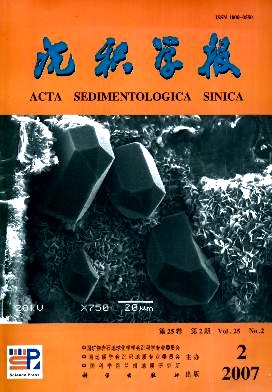Jurassic and Cretaceous Sedimentary Record during the Basinorogeny Transition in the Nyalam area, Southern Tibet, China
- Received Date: 1900-01-01
- Rev Recd Date: 1900-01-01
- Publish Date: 2007-04-10
-
Key words:
- sedimentary record /
- basinorogeny transition /
- JurassicCretaceous /
- southern Tibet
Abstract: The evolutionary history from the Jurassic passive continental margin to the Cretaceous foreland basin of the northern Indian plate where are located in the northern Himalayas of the southern Tibet. The huge transgressregressive cycle has been developed during the Jurassic. The Himalayan Tethysan oceanfloor spreading velocity is obviously sped up at late Jurassic, from about 0.32㎝/a of the early and middle Jurassic up to 1.24㎝/a of the late Jurassic. The Cretaceous Himalayan foreland basin evolution is divided into the two stages that included the early deepwater flysch basin and the late marine molasse basin in the southern Tibet. The upward rapid deepening sandmuddy flysch formation and black shale formation and islandarc volcanic rocks are developed in the early foreland (early Cretaceous), the upward shallowing and coarsening marine molasse formation in the late foreland (late CretaceousEocene). The Himalayan Tethysan in the southern Tibet was finally closed at about 4038Ma of the midlate Eocene.
| Citation: | ZHU Tongxing. Jurassic and Cretaceous Sedimentary Record during the Basinorogeny Transition in the Nyalam area, Southern Tibet, China[J]. Acta Sedimentologica Sinica, 2007, 25(2): 293-297. |






 DownLoad:
DownLoad: